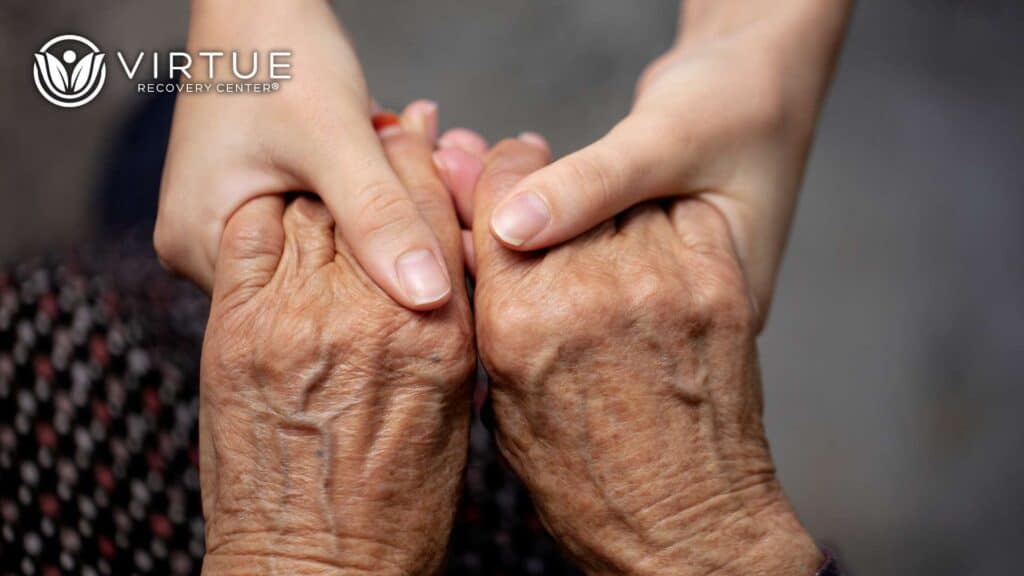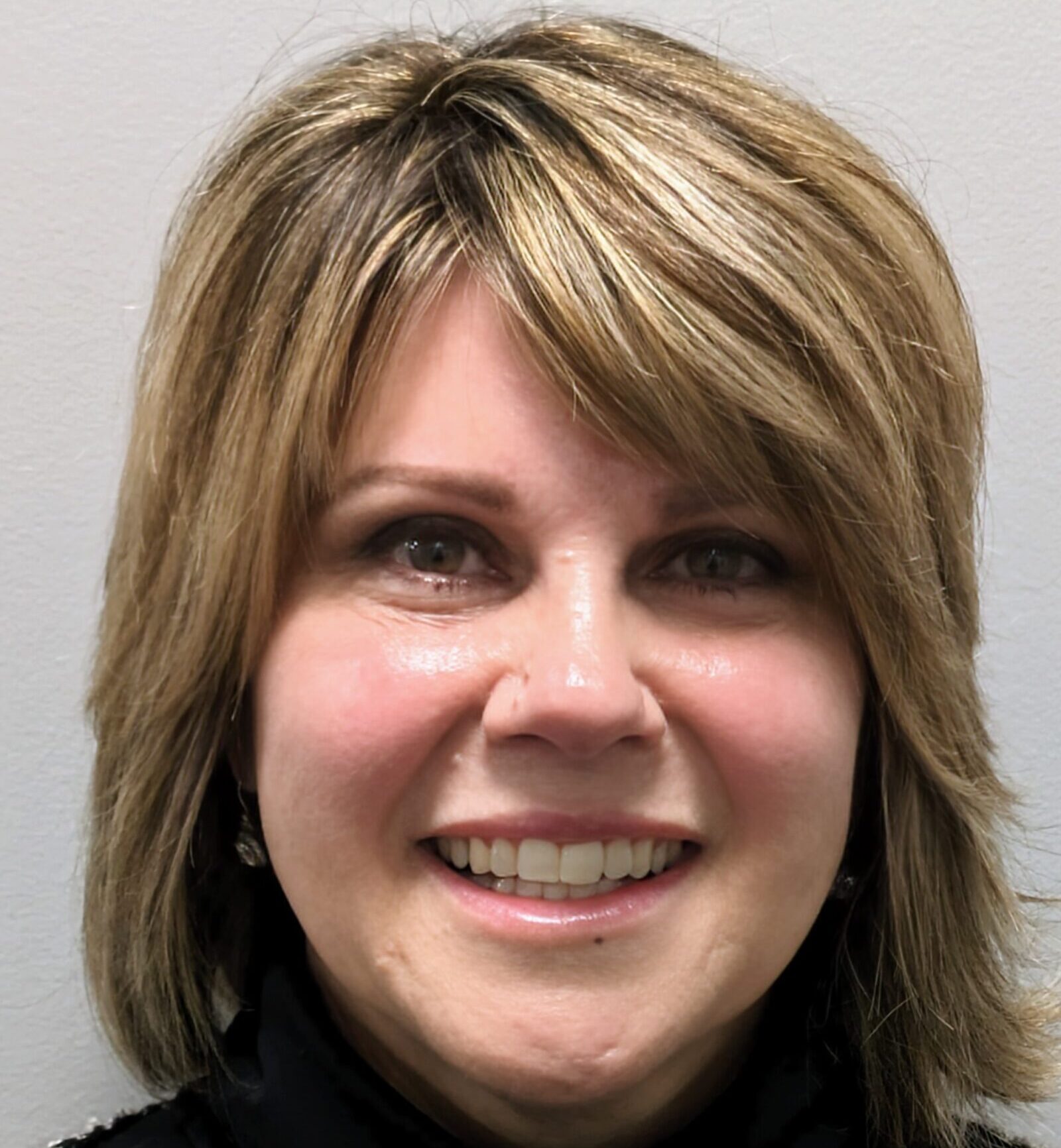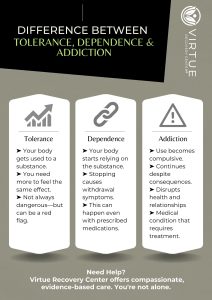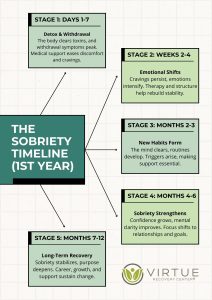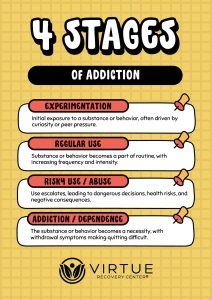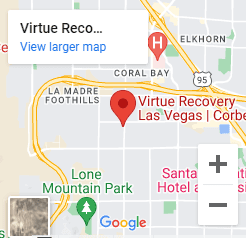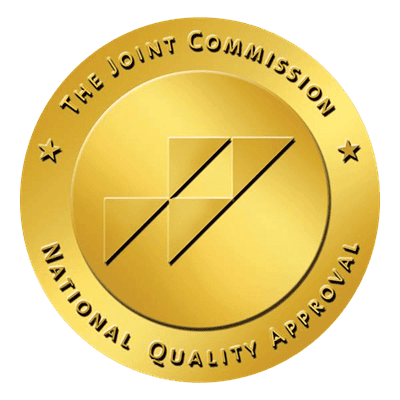Key Takeaways
- Eating disorders are common among older adults, affecting both men and women, although often overlooked.
- Life transitions, body image concerns, and aging can trigger or worsen disordered eating in later life.
- Effective treatment options include therapy, support groups, and lifestyle adjustments that promote physical and mental well-being.
Introduction
Eating disorders can affect anyone at any age. Although they are often associated with teenagers and young adults, many older adults also struggle with eating disorders. As people age, body image concerns and other life changes can increase the risk of developing disordered eating patterns. For some older adults, these eating issues may be new. For others, they might resurface after years of recovery.
Despite common stereotypes, eating disorders are not just a “young person’s problem.” Studies show that 2-7.7% of women and around 1% of men over the age of 40 meet the criteria for an eating disorder. Understanding the causes, health impacts, and treatment options for eating disorders in older adults is critical to finding a path toward a healthier life.
Understanding Eating Disorders in Older Adults
Eating disorders in older adults are often misunderstood or overlooked. The idea that only young people struggle with body image issues leads many to believe that eating disorders don’t affect the elderly. However, the statistics tell a different story.
- Prevalence and stereotypes: Studies have found that disordered eating is common among adults over 40, with 3.25% of Portuguese women aged 65–94 showing signs of an eating disorder. Another study found that 10% of people over 50 who had an eating disorder were diagnosed with bulimia nervosa.
- Types of Eating Disorders: Among older adults, anorexia nervosa is common and carries serious risks, including a 21% mortality rate. Other eating disorders, like binge eating and bulimia, are also common in this age group.
- Causes and patterns: Some older adults have struggled with eating disorders since they were young and may relapse due to stress or life transitions. Others may develop disordered eating later in life due to changes associated with aging.
Factors Contributing to and Triggers For Eating Disorders in Midlife and Beyond
Eating disorders can emerge in older adults for various reasons. Life transitions, body image issues, and physical health changes can all contribute.
- Aging and body image: Body image concerns are not limited to youth. 73% of midlife women report dissatisfaction with their weight, a major risk factor for developing an eating disorder. In a society that emphasizes youth, many older adults feel pressure to maintain a youthful appearance, which can lead to unhealthy eating behaviors.
- Life transitions: Events like retirement, children moving out, and menopause can create emotional stress and a sense of loss or lack of purpose. For some, controlling food intake or body weight may be a way to cope with these changes.
- Social expectations and self-esteem: Body image and self-esteem are closely connected for many people. Among women aged 50 and older, 71.2% report trying to lose weight, and 79.1% say their weight or shape significantly affects their self-esteem. These societal pressures can lead to restrictive eating or excessive exercise.
Health Risks and Consequences of Eating Disorders in Older Adults
Eating disorders can have serious health consequences for anyone, but older adults face unique physical and mental health risks due to age.
- Physical health risks: Eating disorders can lead to severe physical issues such as malnutrition, weakened bones, and cardiovascular problems. As we age, our bodies become more susceptible to these risks, which makes disordered eating even more dangerous for older adults.
- Mental health effects: Many older adults with eating disorders also struggle with mental health issues like depression and anxiety. These mental health challenges may worsen due to the effects of disordered eating on energy and overall mood.
- Impact on daily life: Eating disorders can limit an individual’s ability to enjoy everyday activities, leading to social isolation. This isolation can make it difficult for older adults to reach out for help, as they may feel alone or misunderstood.
Treatment Options for Eating Disorders in Older Adults
Recovery from an eating disorder is possible at any age. A combination of therapy, support groups, and health monitoring can provide a solid foundation for recovery for older adults.
- Therapy and counseling: Cognitive Behavioral Therapy (CBT) is a standard treatment for eating disorders that helps people change negative thought patterns and behaviors. CBT is often effective for older adults, as it targets both the emotional and behavioral aspects of disordered eating.
- Support groups and community: Support groups allow older adults to connect with others facing similar struggles. Sharing experiences can reduce feelings of isolation and provide a sense of encouragement. Many find comfort in knowing they’re not alone in their recovery journey.
- Lifestyle changes and healthy routines: A balanced lifestyle can help older adults rebuild healthy relationships with food and their bodies. Gentle exercise, proper nutrition, and activities that foster confidence are all essential for maintaining recovery.
- Medical monitoring: For older adults, regular health check-ups are crucial. Medical professionals can monitor the effects of the eating disorder on the body, ensuring the individual receives any necessary treatment for physical symptoms.
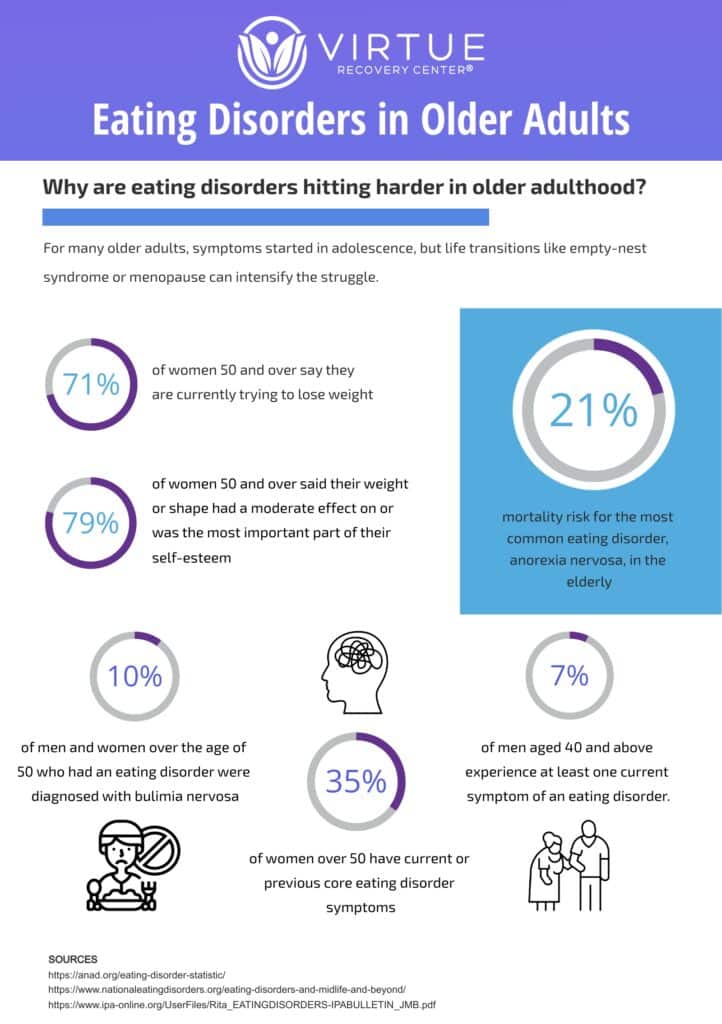
Conclusion
Eating disorders are more common in older adults than many might think, but help is available. Whether someone has struggled for years or is experiencing disordered eating for the first time, recovery is possible. Therapy, support, and lifestyle changes can lead to a healthier, happier life at any age.
If you or someone you know is facing an eating disorder, contact Virtue Recovery Las Vegas at 866-520-2861. Our team is here to provide compassionate care and support for those seeking recovery.
FAQs About Eating Disorders in Older Adult Individuals
Are eating disorders common in older adults?
Yes, eating disorders affect older adults more than many realize, with 2-7.7% of women and around 1% of men over 40 meeting the criteria for an eating disorder.
What causes eating disorders in older adults?
Life changes, body image issues, and societal pressures can contribute to eating disorders in older adults. Transitions like retirement or menopause can increase stress and lead to disordered eating.
What are the health risks of eating disorders in older adults?
Eating disorders in older adults can lead to malnutrition, weakened bones, cardiovascular issues, and worsen existing health problems. Mental health issues like anxiety and depression are also common.
How are eating disorders treated in older adults?
Therapies like CBT, support groups, and regular medical monitoring are important parts of treating eating disorders in older adults. Lifestyle adjustments and building a support network are also essential.
Can older adults fully recover from eating disorders?
Yes, with the right treatment and support, older adults can manage and recover from eating disorders, leading to a healthier and more balanced life.
What are the early warning signs of eating disorders?
Early signs of eating disorders include drastic changes in weight, obsessive thoughts about food or body image, avoiding meals, extreme restriction, or binge eating. Other signs can include mood changes, increased secrecy around food, and a preoccupation with calories or exercise.
What is geriatric anorexia nervosa?
Geriatric anorexia nervosa is an eating disorder affecting older adults, often linked to life changes, physical health issues, or depression. It involves intense fear of weight gain and food restriction, leading to significant health risks in older adults.
What is ARFID eating disorder in adults?
Avoidant/Restrictive Food Intake Disorder (ARFID) in adults involves avoiding certain foods due to sensory issues, fear of choking, or lack of interest in eating rather than concerns about body image. This condition can lead to nutritional deficiencies and social or emotional challenges.
Can you be anorexic without being underweight?
Yes, a person can experience anorexic behaviors and restrictive eating patterns without being underweight. Eating disorders affect mental and physical health regardless of body weight, making it important to recognize symptoms early.
What are the different types of eating disorders?
The main types of eating disorders include anorexia nervosa, bulimia nervosa, binge eating disorder, and ARFID (Avoidant/Restrictive Food Intake Disorder). Other disorders, like OSFED (Other Specified Feeding or Eating Disorder), cover patterns that don’t fit neatly into the main categories.
Resources
https://anad.org/eating-disorder-statistic/
https://www.nationaleatingdisorders.org/eating-disorders-and-midlife-and-beyond/
https://www.ipa-online.org/UserFiles/Rita_EATINGDISORDERS-IPABULLETIN_JMB.pdf

